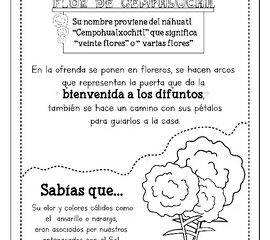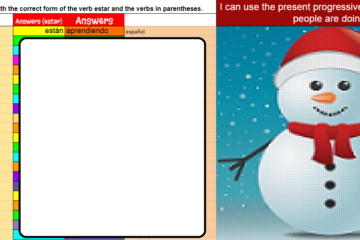If you’re just starting out with learning Spanish, you may feel a little overwhelmed. However, with the right tools and resources, you’ll be speaking Spanish like a pro in no time! Here are the essentials that you need to get started on your Spanish language journey.

- Set achievable goals. Before you begin, it’s important to have a clear idea of what you want to accomplish. Are you hoping to learn enough Spanish to travel to Spanish-speaking countries, or are you hoping to become fluent? Setting achievable goals will help you stay focused and motivated as you progress through your studies.
- Find a quality textbook or online course. There are many resources available for learning Spanish, so it’s important to choose one that is right for you. If you’re more of a traditional learner, a textbook might be a good choice. If you prefer a more interactive approach, consider an online course that includes video lessons and practice exercises.
- Practice speaking and listening skills regularly. Spanish is a spoken language, so it’s essential to practice speaking and listening skills as much as possible. Try to find opportunities to practice speaking Spanish with native speakers or other Spanish learners. You can also use language learning apps or websites to practice your listening skills.
- Learn vocabulary and grammar in context. Rather than memorizing vocabulary lists and grammar rules in isolation, try to learn them in context. For example, learn words and phrases related to a particular topic, such as food or travel. This will help you understand how Spanish is used in real-life situations and make the learning process more interesting and enjoyable.
- Immerse yourself in the language. Surrounding yourself with Spanish will help you pick up the language more quickly. This can be as simple as watching Spanish-language TV shows, listening to Spanish-language music, or reading Spanish-language books. You can also take advantage of opportunities to travel to Spanish-speaking countries and immerse yourself in the language and culture.
- Keep a notebook or journal. Writing in Spanish can help you solidify your understanding of grammar and vocabulary, and also provide a record of your progress. You can also use your notebook to practice writing short essays or composing conversation-style dialogue.
- Don’t be afraid to make mistakes. Making mistakes is a natural part of the learning process, and they provide valuable opportunities to grow and improve. Don’t be discouraged by mistakes; instead, embrace them as opportunities to learn and improve.
In conclusion, learning Spanish can be a challenging and rewarding experience. By setting achievable goals, finding quality resources, immersing yourself in the language, and practicing regularly, you can quickly and effectively achieve your language learning goals. ¡Buena suerte y que tengas un buen comienzo! (Good luck and have a great start!)


